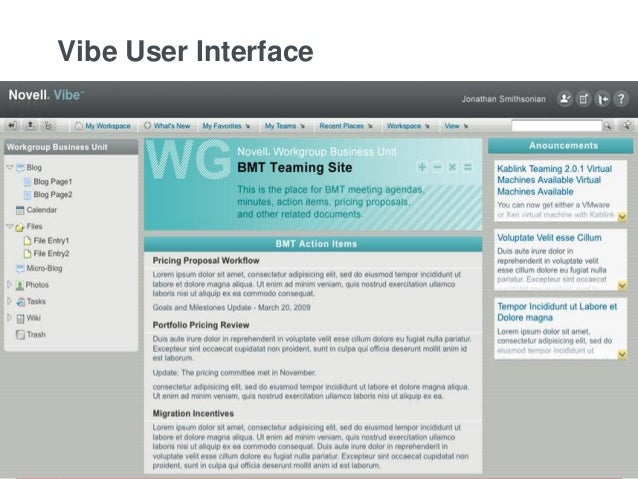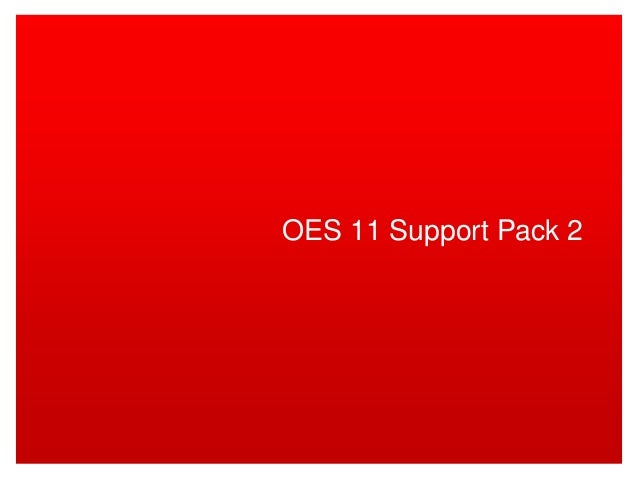

(For example, the new product is orally administered, while the IID only has listings for topical dermal use.)
The excipient is listed in the IID, but not for the selected route of administration. The excipient is listed in the IID for the selected route of administration, but the new product uses a higher maximum daily exposure. However, these are some of the most common scenarios, in order of increasing difficulty of qualification: However, this is not a one-size-fits-all approach, and there are different approaches and levels of qualification, too many scenarios to cover in one blog post. If a given excipient does not fall within the IID specifications, then the excipient is considered “novel” and needs to be qualified. For example, the excipient specifications listed in the IID may be for an acute-use product and therefore not support its safety for use in a chronically used product. However, it is important to note that, in rare instances, qualification issues can still arise, since the IID does not list the clinical indication, exposure frequency, or duration of use. In most cases, if the excipient meets the maximum potency per unit dose and maximum daily exposure limits listed in the IID for the proposed route of administration, no additional excipient qualification work is required. Ideally, excipients are selected that can be found within the FDA’s Inactive Ingredients in Approved Drug Products database, commonly referred to as the Inactive Ingredients Database (IID). Therefore, when excipients are selected for formulating a new drug product, it is essential that they either meet current FDA standards or are qualified for use in the drug product. While excipients are inert and non-toxic in an ideal situation, that is rarely the case, and as a result they can pose various safety concerns. What does this qualification process look like, and what should sponsors know before introducing a novel excipient? What is an excipient?Įxcipients are ingredients separate from a drug’s active pharmaceutical ingredient (or drug substance) that are added to products to impart various properties such as binders, fillers, solubilizers, carriers, and pH adjusters. For example, they may develop a long-acting formulation that improves patient compliance or use a new route of administration that improves efficacy or increases ease of use. Novell filr roadmap license#
Although novel excipients can be a part of any new drug application (NDA) or biologics license application (BLA) development program, they seem to be more common with the 505(b)(2) pathway, since many companies use cutting-edge delivery technologies to solve issues associated with previously approved drugs. One of the most common formulation issues that sponsors of new drug or biologic products face is the qualification of novel excipients.

4 What are important considerations for qualifying novel excipients?






 0 kommentar(er)
0 kommentar(er)
